Disclaimer: This post references Pattycake. Pattycake is a browser-based .PAT file editing software and creation tool for architects and designers. The owners of ArchOverFlow have a vested interest in Pattycake.
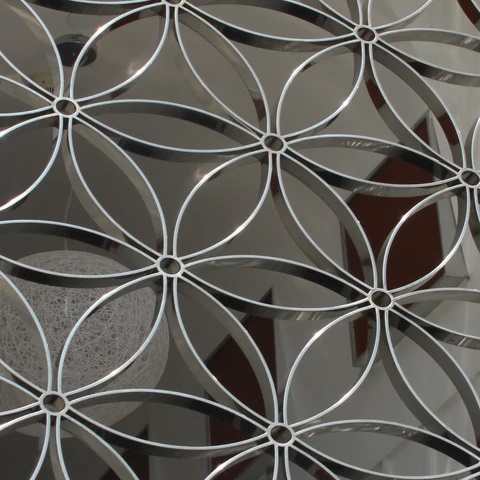
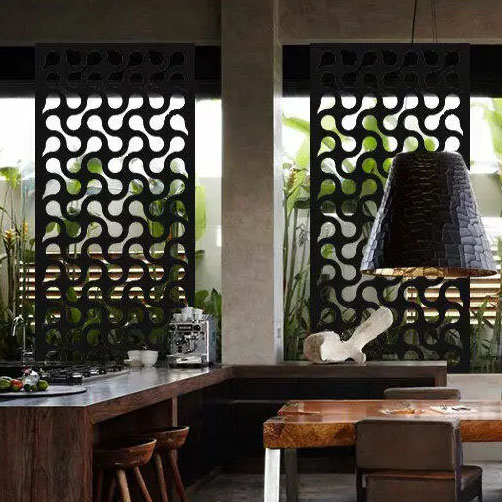

Introduction
Custom patterns are being incorporated into buildings with greater prevalence now. The implementation of laser cutting, CNC, and other machinery (and the subsequent cost lowering over the years) — have provided the ability to customize architectural components like sun screens and railings per project more readily available to a wider range of clientele.
For some designers, this allows a level of uniqueness and specificity that was previously left to off-the-shelf components. With the advent of AI, one can assume that customization like railing patterns is not going to stop anytime soon.
Not a Design Process
This isn’t meant as a design guide for custom patterns, but rather how to document a pattern. Regardless of your opinions on patterns, this is just a how-to.
End Goal
The first part is to understand what the end goal is. All patterns on drawings (and really all architectural drawings) are representations. Think about a wall drawn in plan… while it will be composed of studs, layers, and things such as corner beads and fasteners… a lot of that will be lost in the drawings. And instead the wall type, tag, schedule, specifications, or another method will handle the detail required to convey the intended construction.
The same generally goes for a pattern regardless of the type or use.
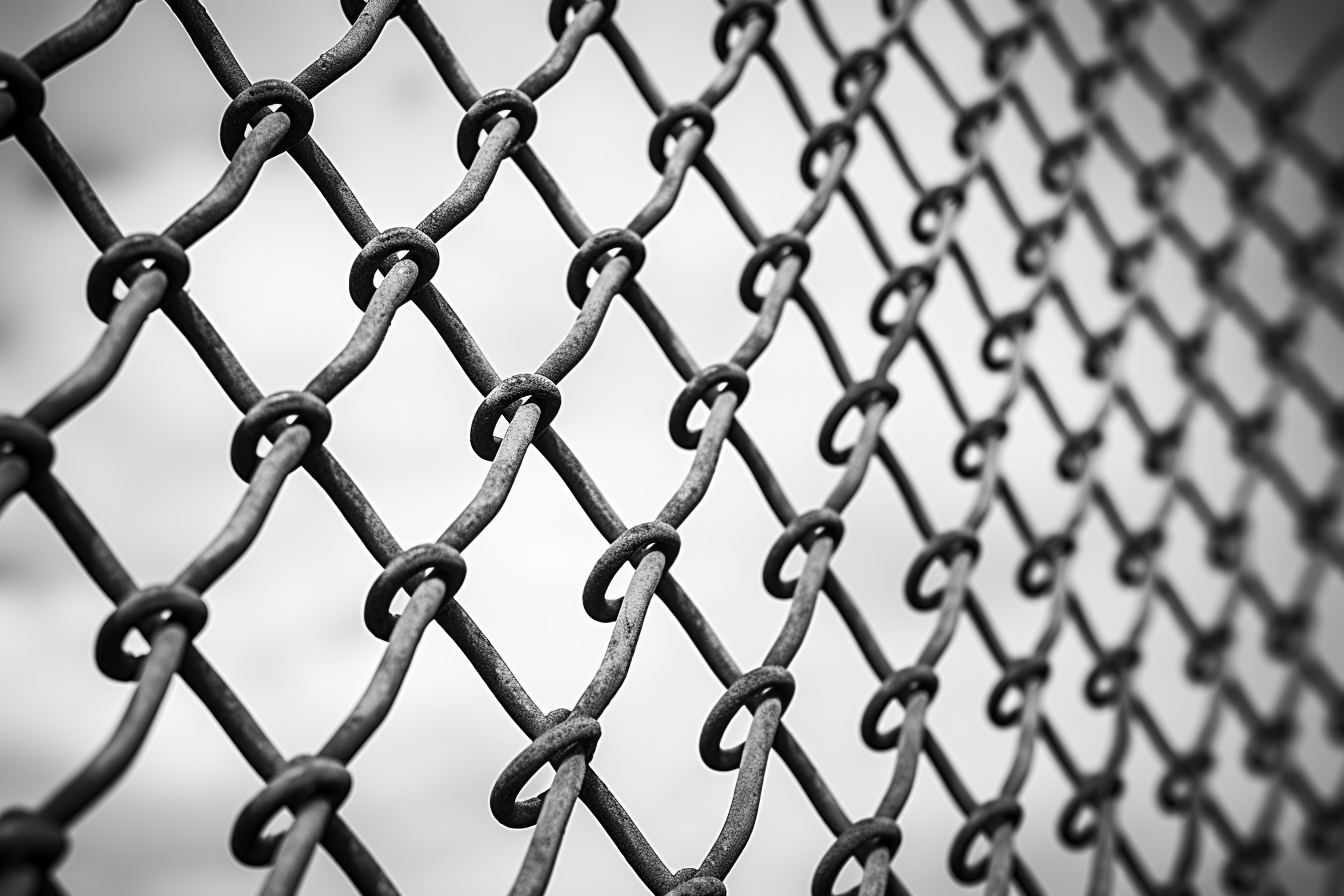
The How-To Model a Chain Link Fence Paradox
Take a chain link fence… while we all wish we were the next Pritzker Architect who gets everything custom designed… Many of us will be left at some point working alongside a chain link fence in our projects. If you have to incorporate a chain link fence into your project, you won’t draw the wire chains with the gauge of the metal, the hooks/connections, the overlaps… etc. And you most definitely shouldn’t model it! (if using a 3D program like Revit).
tl;dr – Don’t be an idiot, do not model a chain link fence.
How to?
In reality, you’d represent the fence pattern/material with a cross hatch or another pattern of appropriate size/graphic and then callout, or tag, the specific style, finish, pattern, manufacturer, etc. If for some reason you do need to render it, you typically would utilize a combination of opacity maps and bump maps to appropriately show the structure of the 3D model. It would be a very rare case that you would model the wire chain fence, and most of those would be limited to movie or game VFX that may need the modeled geometry for explosion or particle effects — definitely not for Architectural drawings.
- It should be noted that these programs such as Maya, Blender, Unreal, etc- are built from the ground up to handle complex geometry and simulations, etc. Revit, while a 3D program, is not built in this manner.
Off-The-Shelf
Tagging, schedule, and alike methods work great for products that you buy, whether a specific style or manufacturer. However, there is more information needed for custom patterns.
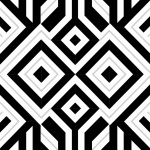
Design
Design however you do you. Here, we are using AI as a first image generator (why not), getting a JPG to start with and then refining the pattern using detail lines in a drafting view in Revit. To learn more about this process, review this article. You can of course use any method that works for you, whether CAD, sketching, etc. Different strokes for different folks.
Draw then Detail
You will represent the custom pattern on drawings across your documentation set with a PAT file or another method (really, for prevalent used patterns that show up across the set, there is no close second to using a PAT file). Then, either tag your pattern or callout, but ultimately you should direct people to a larger scale drawing or another space such as a schedule which documents in detail the pattern.

Detail Flow & Connecting it Together
The PAT file will represent the pattern wherever we need it on the drawings. In this example, we are representing a railing with this pattern. The callout or tag would lead to a schedule or view that has more detail about the pattern. This could be specifics for the dimensions which is alluded to here, or maybe the schedule states more specifics about providing a CAD file for the design (see next).

Further Thoughts
Manufacturer CAD Size
Depending on how the piece will be constructed, it’s typical for manufacturers to request a CAD file for the actual pattern regardless of how you document it. This is the easiest way for them to translate your design to the desired water jet, laser cut, or CNC pattern. For this reason, it’s recommended to even write in your material spec for the pattern that, “CAD file of pattern to be provided” or call this out in some way.
Layout Diagram
Additionally, it can be helpful to also show a pattern layout document, which would show how the pattern repeats and set up rules for how to implement the pattern across the project. This is useful for things like railings and screens that span larger distances… Does the pattern center on the screen? Does it repeat on screen to screen? A layout diagram can help.
Renderings
The catch-all of any design is to include your renderings. A bit frowned upon in the Architect ‘we-only-submit-black-and-white-drawings’ community… a rendering can do wonders to help illustrate design intent and desired outcome. Calling these out as vignettes (with the proper disclaimers) can be helpful to GCs understanding design intent.
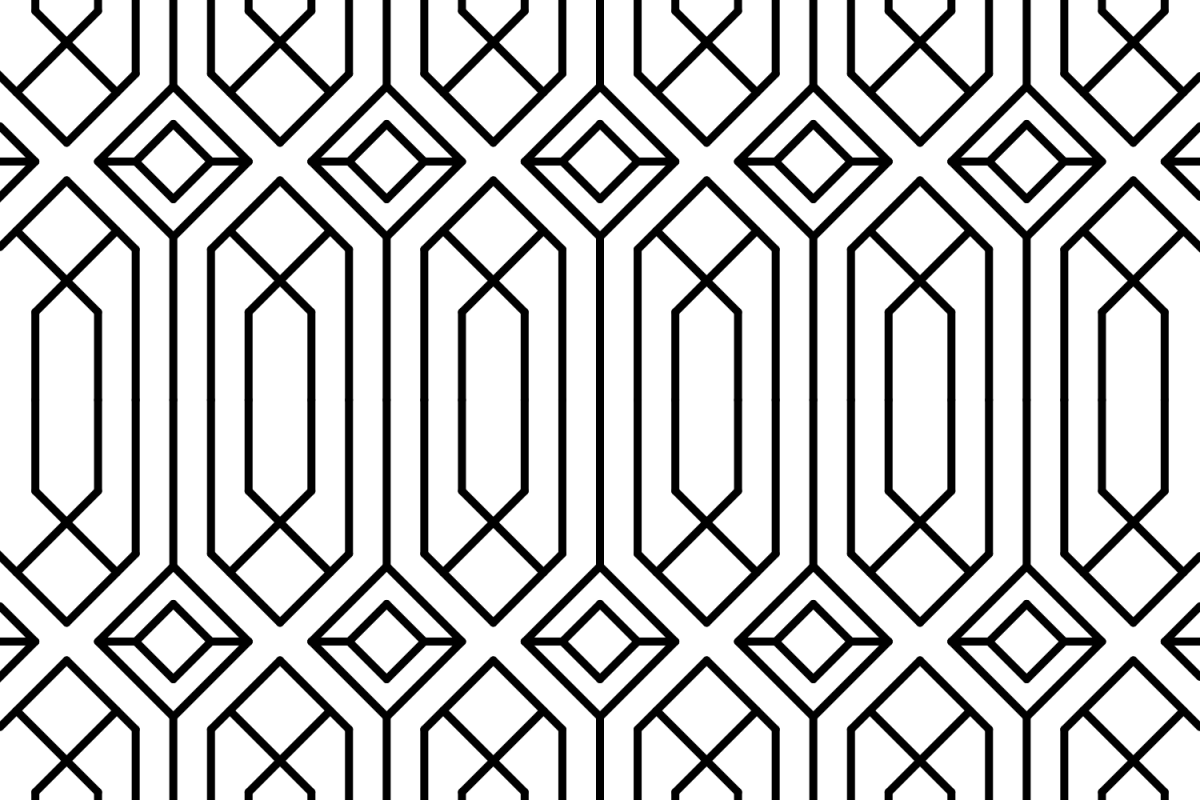
Check the Submittals & Site Work
Always. Always. Check the submittals from the GC and frequently review on site work. We’ve worked on projects where some subcontractors took the layout diagrams and nailed everything perfectly… and others took the overall plans and used those to laser cut from (scary!). Check the submittals and utilize on site review of work to ensure the desired outcome.
Following this guide will give you a step up in designing and delivering custom patterns for your clients.


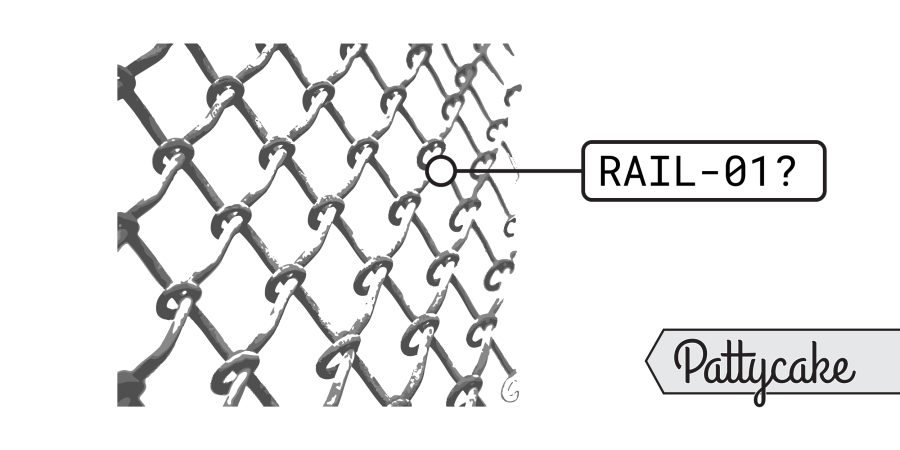
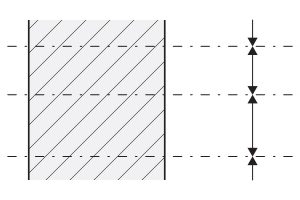
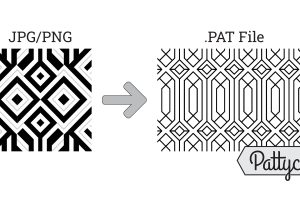
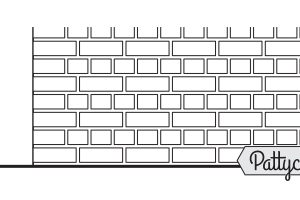
Leave a Reply
You must be logged in to post a comment.